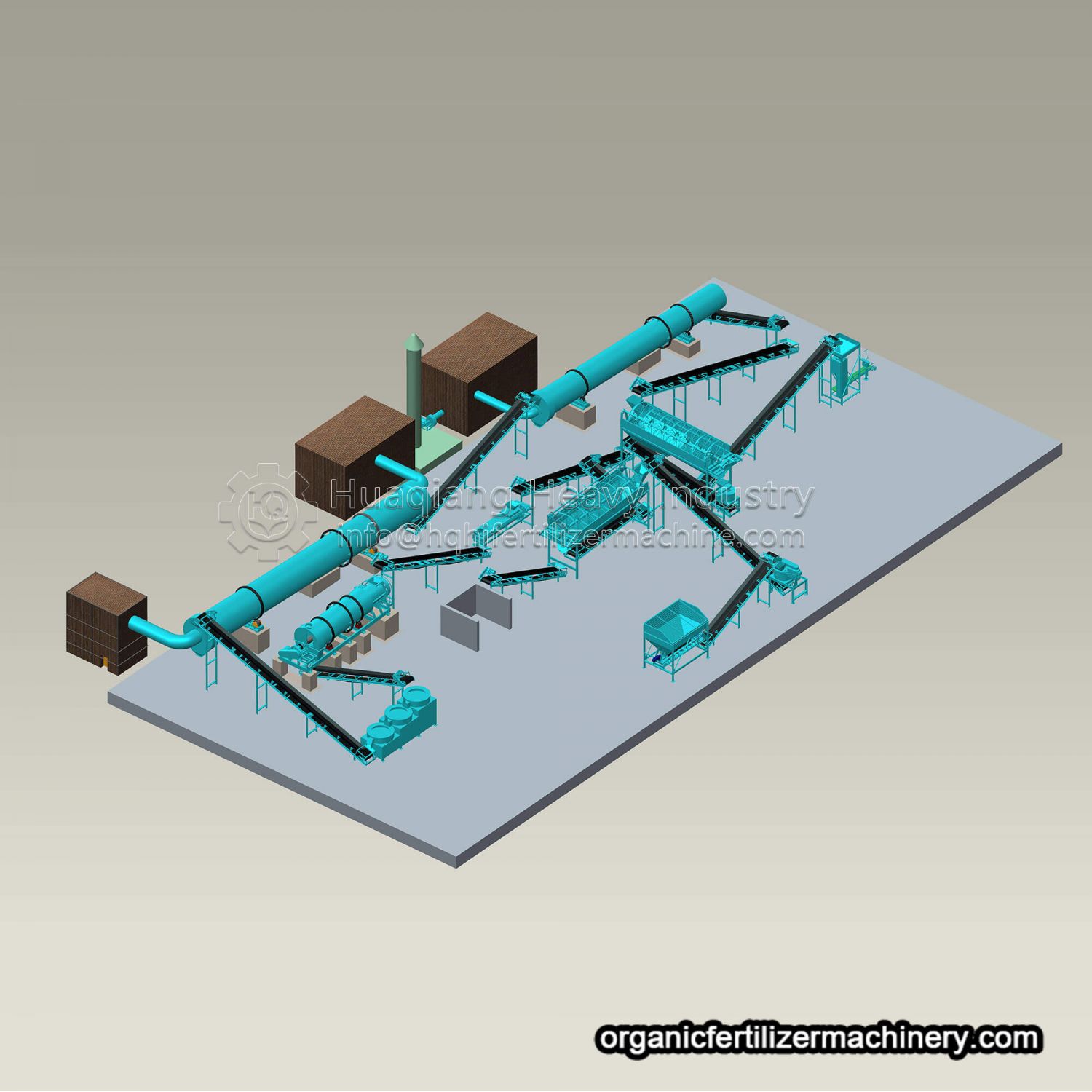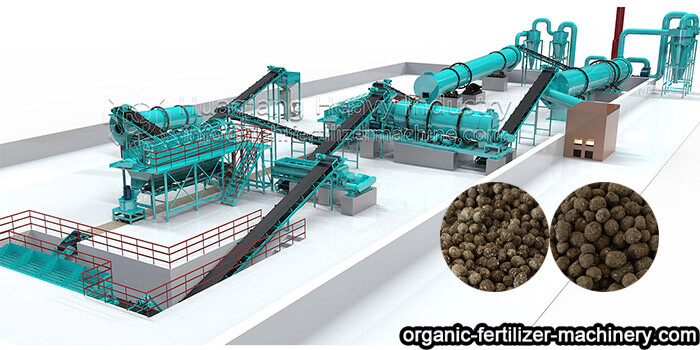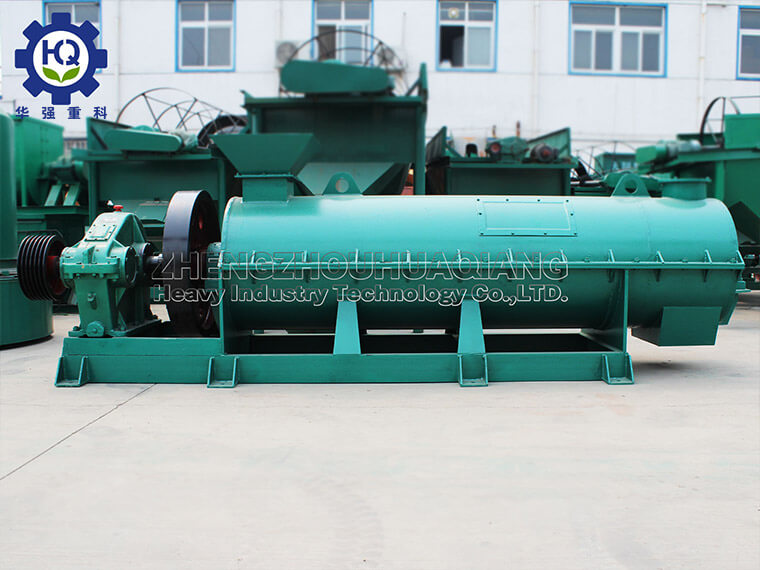The NPK (nitrogen phosphorus potassium compound) fertilizer production line covers multiple types of equipment, including raw material processing equipment, reaction vessels, granulators, drying equipment, packaging machines, etc. The maintenance focus of each type of equipment varies, but the overall maintenance strategy of NPK fertilizer production line aims to ensure efficient and stable operation of the equipment, extend its service life, and ensure product quality. Here are some basic guidelines for maintaining the main equipment of the NPK fertilizer production line:.jpg)
1. Raw material processing equipment (such as fertilizer crushers, mixers)
Daily cleaning: Thoroughly clean residual materials before and after each use to avoid cross contamination and blockage.
Check the seals: Ensure no leaks and regularly replace worn seals.
Bearing lubrication: Regularly add lubricating oil to reduce friction and wear.
2. Reactor
Internal cleaning: Use a mild cleaning agent to clean the inside of the reactor and remove any attached chemical residues.
Check the heating/cooling system: Ensure that the temperature control system is functioning properly to prevent damage from overheating or overcooling.
Anti corrosion measures: Check the material of the reaction vessel for signs of corrosion and take necessary anti-corrosion treatment.
3. Roll squeezing granulator/drum granulator
Roller and cutter maintenance: Check for wear and tear, polish or replace if necessary, maintain sharpness and flatness.
Maintenance of transmission mechanism: Maintain appropriate tension of chains, gears, and belts, and apply lubricating grease regularly.
Electrical inspection: Ensure good insulation and reliable contact of the wires to avoid short circuits.
4. Drying equipment (such as fluidized bed dryer)
Filter cleaning: Regularly clean the filter at the air inlet to maintain smooth airflow.
Check the heating element: Ensure that the heater and ventilation system are functioning properly to prevent overheating.
Monitoring drying efficiency: Regularly test the drying effect and adjust parameters to optimize energy use.
5. Packaging machine
Clean the sensor: Keep the photoelectric sensor clean to avoid misreading.
Sealing device maintenance: Check the sealing quality and regularly replace the sealing tape.
Mechanical arm maintenance: lubricate the joint parts to maintain smooth movement.
Common precautions
Regular maintenance: Develop a detailed maintenance schedule and conduct comprehensive inspections and maintenance regularly.
Employee training: Regularly provide safety and equipment knowledge training to operators to strengthen operational norms.
Spare parts reserve: Maintain inventory of critical components to reduce downtime caused by pending repairs.
Record and report: Detailed documentation of each maintenance action and identified issues for easy tracking and improvement.
By implementing these maintenance measures, not only can unexpected downtime of the production line be reduced, but equipment efficiency can also be maximized, ensuring the safety, environmental protection, and economic benefits of the NPK fertilizer production line. It is important to follow the manufacturer’s maintenance manual and develop a personalized maintenance plan that is suitable for the characteristics of one’s own production line based on practical experience.


.jpg)





